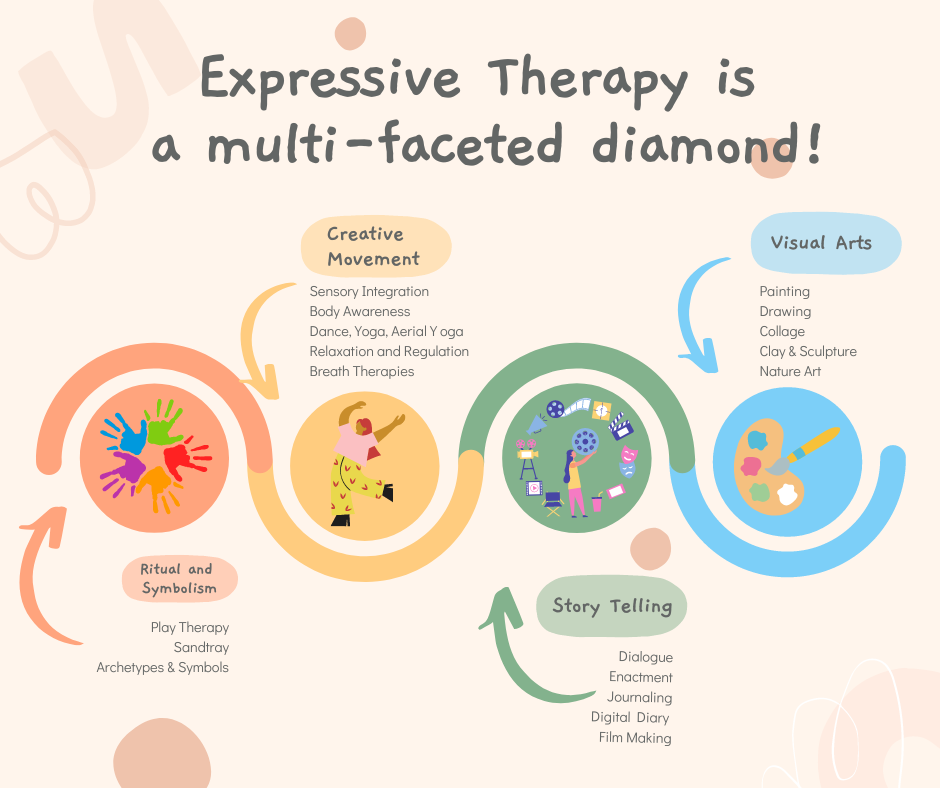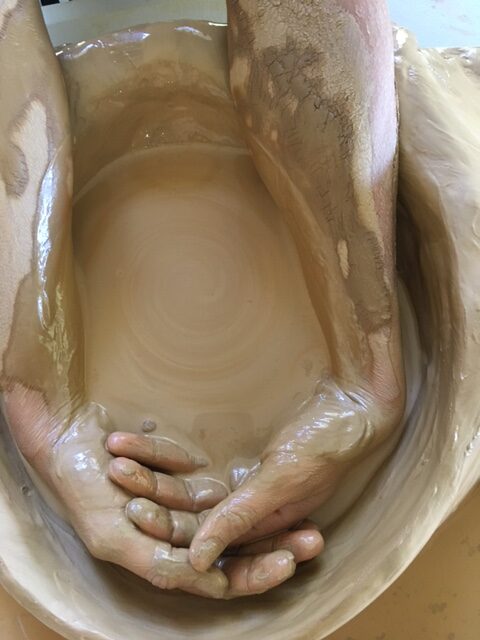


To ensure a network of care around the child, all children must be referred by a suitable professional currently working with the child and/or family - usually from the health, education or welfare sector. Examples include GPs, school counsellors and caseworkers. Children cannot be referred by a family member. Please contact us if you would like to discuss an appropriate referrer for your child.
Feedback and Recommendations
Upon completion of a program, referrers and caregivers receive a summary of the child's participation in our program with any further recommendations - if required. To validate the program's efficacy, we ask caregivers and referrers to complete an online evaluation/questionnaire.
Referral Process
Referring professionals are required to contact us for a referral pack. One referral form, including a signed consent form by the caregivers and referrer must be completed for each child in consultation with caregivers.
Completed referrals should be emailed to: [email protected]
For more information, please don't hesitate to contact us.